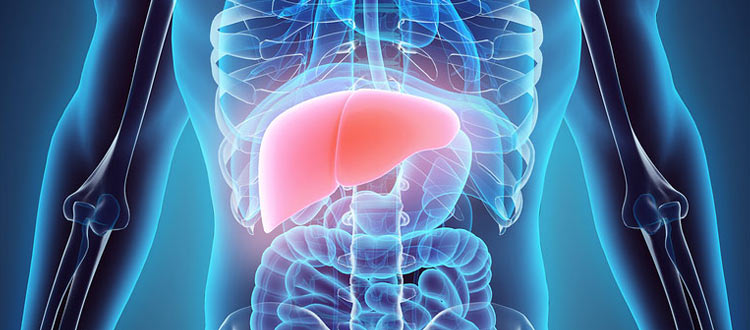Liver Cirrhosis Disease
Cirrhosis is a late stage of scarring (fibrosis) of the liver caused by many forms of liver diseases and conditions, such as hepatitis and chronic alcoholism. The liver carries out several necessary functions, including detoxifying harmful substances in your body, cleaning your blood and making vital nutrients. Cirrhosis occurs in response to damage to your liver. Each time your liver is injured, it tries to repair itself. In the process, scar tissue forms. As cirrhosis progresses, more and more scar tissue forms, making it difficult for the liver to function. Decompensated cirrhosis is the term used to describe the development of specific complications resulting from the changes brought on by cirrhosis. Decompensated cirrhosis is life-threatening.
Cirrhosis is serious because of the importance of the organ it affects. The liver, weighing about three pounds and roughly the size of a football, is the largest of the body’s internal organs. Stem cell therapy for liver disease is an emerging approach being tested in this setting. Hepatocytes (liver cells) are the principal cells of the liver parenchyma and are responsible for maintaining liver function. They can originate from three sources. In a normal liver, hepatocytes themselves can proliferate to restore the functional liver mass, a mechanism that could be compromised in cirrhosis. Second, the liver contains liver progenitor cells that can also proliferate and differentiate into hepatocytes.
However, in some circumstances, this differentiation does not occur. Finally, blood-derived stem cells can infiltrate the liver and become hepatocytes, although the participation of this process in liver regeneration is poorly understood. Among its many functions, the liver serves as an essential part of the digestive system by producing bile, which is stored in the gallbladder, then released into the small intestine, where it helps break down fatty food. The liver also helps maintain the proper composition of the blood by regulating the amounts of fat, protein, and sugar that enter the bloodstream. As the body’s primary blood filter, the liver works to detoxify alcohol, drugs, and other potentially harmful chemicals. Along with the spleen, the liver traps and disposes of worn-out red blood cells. And because it aids in the removal of bacteria and viruses from the blood, the liver is a vital component of the immune system. If your liver is not functioning properly, you are more susceptible to infection.
Medications may be given to control the symptoms of Liver Cirrhosis. Diuretics are used to remove excess fluid and to prevent edema from recurring. The altered mental function is treated by diet and medicines. Laxatives such as lactulose help absorb toxins and hasten elimination from the intestines. For example, chronic active hepatitis C, which characterized some patients in Newsome and colleagues’ trial, might not remain a problem because of existing efficacious viral eradication approaches, making cirrhosis due to non-alcoholic fatty liver disease the primary cause of end-stage liver disease. Liver transplantation may be needed in some cases. As in stem cell center in India, we perform mesenchymal stem cells directly into the liver via catheterization technique which is the best route to inject maximum stem cell into your liver and provide maximum liver cells regeneration.
Stem Cell Treatment Advantages:- For Liver Cirrhosis/Disease
There are maximum chances to get some more recovery or regeneration of the liver and also stop further cirrhosis or inflammation of the liver. Anticipated positive result: Improvement liver function, reduction portal hypertension, stimulation of liver regeneration process, normalization of fibroscan level and vessel function, normalization of immune system function, prevention of atherosclerotic damage to major and minor vessels (macro- and microangiopathy), nephropathy, improvement of general condition, increase in the life tone and quality of life. You should understand that treatment of stem cells – long process, first positive results appears after 4-6 months following cells introduction.
Mesenchymal stem cells have the property to regenerate liver or hepatocyte cells again and also stop further deterioration of liver cells.
Experts claim that of the patients who are treated, show improvement. Their post liver cirrhosis treatment in blood values of serum albumin, total protein, and child pugh score as compared to pre-treatment values show drastic improvement. If proved successful the transplant could overcome many difficulties faced in a liver transplant like finding a doctor, taking immunosuppressants and lifelong treatment. Considering the difficulties faced in India where liver transplants are difficult both medically and in finding donors, stem cells can emerge as an effective solution where millions suffer chronic liver failure.

